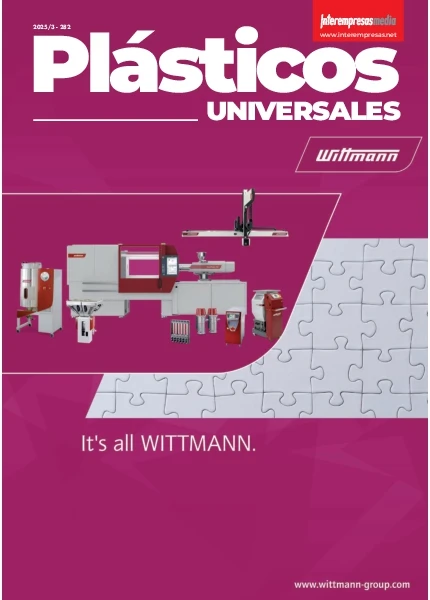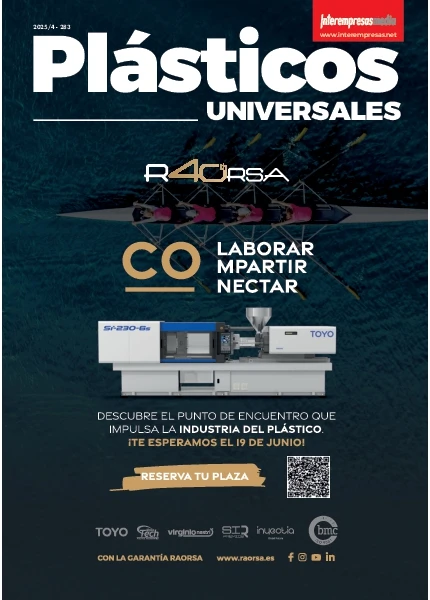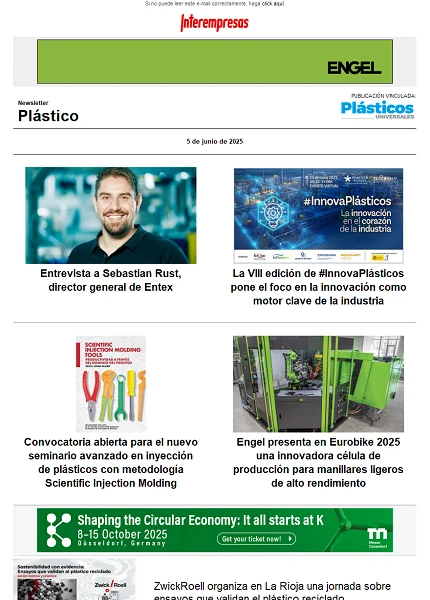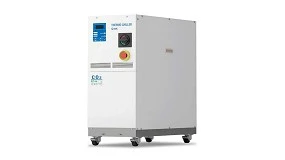Caracterización de materiales plásticos
Hoy en día se pueden conocer casi todas las propiedades de un plástico
Dada la gran variedad de plásticos que existe en la actualidad y la constante aparición de nuevos materiales, es cada vez mayor el uso de los plásticos para la fabricación de cualquier pieza en todos los sectores. Estos materiales presentan una enorme variedad de propiedades muy diferentes, y conociendo su comportamiento, se puede obtener mucha información para cada aplicación específica.
El conocimiento de sus características permite a los fabricantes la mejor comprensión de fichas técnicas de cada material, lo cual puede conducir a un ahorro de energía y materia prima durante la transformación, y ayuda en los diseños y fabricación de moldes, por ejemplo.
Las técnicas experimentales de caracterización actuales permiten conocer prácticamente todas las propiedades de un plástico: propiedades físicas, mecánicas, térmicas, eléctricas, comportamiento frente a agentes ambientales, etc. La medida de todas estas propiedades están, en su mayoría, sujetas a normas nacionales e internacionales.
Estas propiedades dependen de la estructura interna que posean los plásticos, los cuales se pueden clasificar en tres grandes grupos: termoplásticos, termoestables y cauchos o elastómeros. Por ejemplo, los elastómeros poseen una estructura reticulada que les proporciona elasticidad a temperatura ambiente, y a su vez, esos puntos de unión entre sus cadenas moleculares hacen que sean infusibles e insolubles. La reticulación de los materiales termoestables es aún más densa lo que les confiere rigidez y fragilidad. Los materiales termoplásticos, con estructura no reticulada, también presentan distintos comportamientos según sean amorfos (como el PC, PMMA, PS, PVC...) o parcialmente cristalinos (PA, PP, PE, POM...).
Tipos de ensayos de caracterización
En AIJU se dispone de una gran variedad de equipos para realizar ensayos de caracterización de materiales plásticos, bien para evaluar la adecuación de éstos a normas determinadas, bien para conocer distintas propiedades de interés según la aplicación a que va destinado el producto.
El comportamiento mecánico - Para conocer el comportamiento mecánico de los materiales se realizan habitualmente ensayos de tracción, compresión o flexión, donde se evalúa la resistencia del plástico a ser deformado y la magnitud de esa deformación en el punto donde se rompe el material, si es el caso, y en el punto donde cambia su comportamiento, pasando de un comportamiento elástico a plástico. También obtenemos información de su módulo de elasticidad, el cual indica si el material es rígido o flexible.
Mediante ensayos de impacto (Izod, Charpy, impacto a alta velocidad, ensayos de caída...) se determina la cantidad de energía que es capaz de absorber el material cuando recibe un golpe. Otra característica, como la dureza del material se puede determinar mediante durómetro (dureza Shore) o el método Rockwell (penetración de una bola). El comportamiento mecánico de los plásticos reforzados es diferente según la cantidad y tipo de carga que contengan.
Caracterización térmica - Dada la gran sensibilidad que presentan los plásticos frente a la temperatura, la caracterización térmica es tan importante como la mecánica. Las técnicas de termoanálisis proporcionan gran cantidad de información sobre la estructura y composición del plástico.
Por ejemplo, mediante termogravimetría (TG) se puede conocer si el material es puro o contiene cargas u otras materias inorgánicas. La estructura amorfa o cristalina de los termoplásticos se observa claramente mediante DSC, así como la temperatura de fusión, en el caso de los parcialmente cristalinos, la temperatura de transición vítrea, el calor específico, entalpías de fusión etc. La determinación del índice de fluidez proporciona información sobre el peso molecular del polímero y su fluidez en estado fundido; y otra de las características interesantes en vista a una aplicación práctica es la temperatura de reblandecimiento del material, la cual nos da una idea sobre el intervalo de temperatura de uso. Esta temperatura la podemos obtener mediante el método Vicat, análisis termomecánico o deflexión bajo carga.
Envejecimiento acelerado - Estos ensayos sirven de gran ayuda para conocer la potencial duración y/o comportamiento de una pieza o producto acabado, cuando están sometidos a un ambiente o condiciones determinadas. Dependiendo de la estructura del plástico y del medio en el que se encuentre, éste se comportará de forma diferente. Utilizando cámaras de ensayo (niebla salina, cámara climática y de envejecimiento a la luz) se puede reproducir la influencia de la radiación solar, la temperatura, la lluvia, la humedad, etc. y comprobar si el material se degrada, cambia de color, si presenta tensiones en su estructura, si el recubrimiento o pintura, si es el caso, es atacado o no está bien adherido, etc.
Composición cualitativa y cuantitativa de las formulaciones - es analizada mediante otras técnicas más sofisticadas, las cuales requieren una preparación de muestra más elaborada y que permite identificar los diversos aditivos que contienen los plásticos, como colorantes, plastificantes, estabilizantes, perfumes, y otros. Para ello se dispone de técnicas espectroscópicas (espectroscopia de infrarrojo, IR, y ultravioleta-visible), cromatográficas (cromatografía de gases y líquida de alta resolución, HPLC), espectrometría de masas, extractor de fluidos supercríticos, microondas. Además mediante espectroscopia IR y HPLC se identifica la estructura y componentes del material plástico pudiendo conocer si se trata de una mezcla de plásticos.
Aparte de estas técnicas AIJU dispone de las tradicionales de laboratorio, así como de la normativa vigente para la caracterización de materiales plásticos, sobre la cual se puede asesorar a aquellas empresas que lo soliciten. En último caso, la cuestión principal cuando se dispone a la caracterización de un plástico es saber qué se está buscando y escoger la técnica más adecuada para ello.
Suny Martínez García
Laboratorio de AIJU
proyectos@aiju.es










































